Home>Interior Design>Does A Living Room Need A Rug? We Ask The Experts
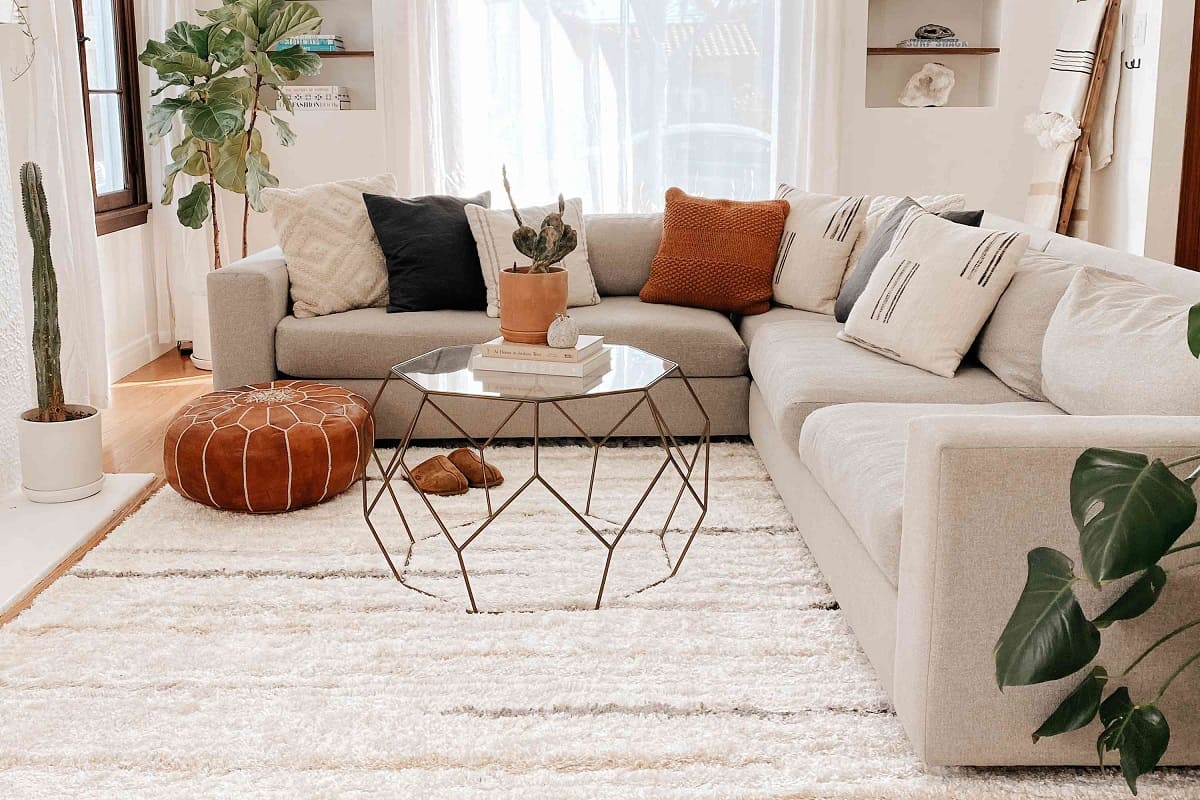

Interior Design
Does A Living Room Need A Rug? We Ask The Experts
Modified: September 2, 2024
Discover whether a living room truly needs a rug as we seek advice from the interior design experts. Enhance your interior design with the right rug choice.
(Many of the links in this article redirect to a specific reviewed product. Your purchase of these products through affiliate links helps to generate commission for Storables.com, at no extra cost. Learn more)
Introduction
When it comes to interior design, every element plays a crucial role in creating a space that is visually pleasing and functional. The living room, being the heart of the home, demands careful consideration of each design element, including the choice of a rug. Rugs not only add warmth and texture to a room but also have the ability to tie all the elements together.
In this article, we delve into the world of rugs in interior design and explore whether a living room truly needs a rug. We will consult with experts in the field to understand their opinions on this matter and provide you with a comprehensive guide to help you make an informed decision.
Before we proceed, it’s important to note that there is no right or wrong answer. The decision to incorporate a rug in your living room depends on several factors, including personal preference, functionality, and the overall design scheme you wish to achieve.
It’s time to unravel the mysteries of rugs in the living room and determine whether they are an essential component or simply an optional addition.
Key Takeaways:
- Rugs are a versatile and essential element in interior design, adding warmth, defining space, and enhancing the aesthetics of a living room. They bring comfort, style, and personality to the space, creating a cozy and inviting ambiance.
- When considering a rug for your living room, weigh the pros and cons carefully. From enhancing aesthetics and defining space to requiring maintenance and potential slip hazards, understanding the implications will help you make an informed decision that aligns with your design goals and lifestyle.
The Role of Rugs in Interior Design
Rugs play a significant role in interior design, particularly in the living room. They have the power to transform the look and feel of a space, creating a cozy and inviting ambiance. Here are some key roles that rugs play in interior design:
- Defining Space: A well-placed rug can help define different areas within the living room, such as seating areas or a reading nook. It acts as a visual anchor, providing structure and organization to the space.
- Adding Warmth and Comfort: Rugs bring an element of warmth and comfort to any living room. They provide a soft and cushioned surface underfoot, making the space more inviting and comfortable for both lounging and entertaining.
- Bringing Texture and Visual Interest: Rugs introduce texture and visual interest to the living room. Whether it’s a plush shaggy rug, a modern geometric pattern, or a traditional Persian design, the right rug can enhance the overall aesthetic of the space.
- Enhancing Acoustics: Rugs have the unique ability to absorb sound and reduce echo in a room. This is especially beneficial in larger living rooms or open-concept spaces where noise can easily bounce off hard surfaces.
- Creating a Focal Point: A rug can act as a focal point in the living room, especially if it features a bold pattern or vibrant colors. By strategically placing a rug, you can draw attention to certain areas or highlight specific furniture pieces.
These are just a few of the many ways in which rugs contribute to the overall design and functionality of a living room. The key is to select a rug that complements the existing decor and fulfills the specific needs of the space.
Pros and Cons of Having a Rug in the Living Room
Before you decide whether or not to incorporate a rug in your living room, it’s essential to weigh the pros and cons to make an informed decision. Here are some advantages and disadvantages of having a rug in the living room:
Pros:
- Enhances Aesthetics: A rug adds visual interest and complements the overall design scheme of the living room. It can tie together different elements and create a cohesive look.
- Comfort and Softness: Rugs provide a soft and comfortable surface underfoot, making the living room a more inviting space for relaxation and gatherings.
- Noise Reduction: Rugs absorb sound and reduce echo, contributing to a quieter and more peaceful living room environment.
- Defines Space: A rug can define different areas within the living room, such as seating arrangements or a designated conversation area.
- Protects Flooring: Rugs act as a protective barrier for your flooring, preventing scratches, dents, and other damages. This is especially beneficial for hardwood or tile floors.
Cons:
- Maintenance: Rugs require regular cleaning and maintenance to keep them looking fresh and free from dust and dirt.
- Allergies: Rugs can trap dust, allergens, and pet dander, which may not be suitable for individuals with allergies or asthma. Regular vacuuming and cleaning can help mitigate this issue.
- Cost: Rugs can be a significant investment, especially if you opt for high-quality materials and craftsmanship.
- Slip Hazard: Depending on the type of rug and flooring, there can be a risk of slippage. Using rug pads or opting for non-slip rugs can help mitigate this concern.
- Style Compatibility: Not all rug styles or patterns may suit the existing decor or personal taste. It’s important to choose a rug that harmonizes with the overall design scheme of the living room.
Considering these pros and cons will help you determine whether having a rug in your living room is the right choice for you.
Expert Opinions on the Necessity of a Rug in the Living Room
To gain more insights into the necessity of a rug in the living room, we reached out to interior design experts and asked for their opinions. Here’s what they had to say:
1. Linda Smith, Interior Designer at Aesthetic Interiors:
“In my experience, rugs are an essential element in the living room. They not only enhance the aesthetic appeal but also bring comfort and warmth to the space. Rugs can define different zones within the room and add a sense of unity to the overall design. I highly recommend incorporating a rug in the living room to create a cozy and visually appealing environment.”
2. John Thompson, Design Director at Thompson Interiors:
“While rugs can certainly elevate the design of a living room, they are not always necessary. It ultimately depends on the style and functionality you wish to achieve. In more minimalistic or modern spaces, leaving the floor bare can create a cleaner look. However, if you want to add texture and warmth or define specific areas within the living room, a rug can be a great addition.”
3. Rachel Adams, Founder of Flourish Interiors:
“As an advocate for creating comfortable and inviting living spaces, I believe that rugs play a vital role in the living room. They bring visual interest, pull the furniture together, and add a layer of comfort. When choosing a rug, consider the size, texture, and color to ensure it complements the overall design and reflects your personal style.”
These expert opinions highlight the subjective nature of incorporating a rug in the living room. The decision ultimately depends on your personal preferences, design goals, and the specific needs of your space.
Factors to Consider When Choosing a Rug for the Living Room
When selecting a rug for your living room, there are several important factors to keep in mind to ensure you make the right choice. Consider the following aspects:
- Size: Determine the appropriate size for your rug by considering the dimensions of your living room and the furniture layout. Ideally, the rug should be large enough to fit under the key furniture pieces, such as the sofa and chairs, while leaving a border of floor space exposed.
- Style and Design: Choose a rug that complements the overall style and design scheme of your living room. Consider factors like color, pattern, and texture. Whether you prefer a bold statement piece or a subtle neutral rug, ensure it harmonizes with the rest of the room’s decor.
- Material: Pay attention to the material of the rug, as it can affect the durability and feel of the rug. Natural fibers like wool are popular choices due to their softness and resilience. Other options include synthetic fibers, silk, or blends. Consider factors such as ease of maintenance, comfort, and suitability for your lifestyle and preferences.
- Durability: Assess the rug’s durability based on its construction and intended use. For high-traffic areas, consider rugs with tighter weaves and shorter piles that can withstand frequent foot traffic without showing signs of wear and tear.
- Color and Pattern: Consider the color palette and patterns of your existing furniture and decor in the living room. Choose a rug that either complements or contrasts with the room’s color scheme to create a cohesive and visually appealing look. Be mindful of the size of your living room as well—an oversized pattern may overwhelm a small space.
- Maintenance: Take into account the level of maintenance required for the rug. Some materials and patterns are more forgiving when it comes to dirt and stains, while others may require regular cleaning or professional care. Consider your lifestyle and willingness to invest time and effort in rug maintenance.
By considering these factors, you can make a well-informed decision and choose a rug that not only enhances the aesthetic appeal of your living room but also meets your functional needs and lifestyle requirements.
Decorating Ideas for Living Rooms with Rugs
Rugs are an excellent tool for adding style, warmth, and personality to your living room. Here are some decorating ideas to inspire you when incorporating rugs into your living room:
- Layering Rugs: Consider layering rugs for a visually interesting and cozy look. Start with a larger neutral rug as the base and then place a smaller rug with a bolder pattern or texture on top. This adds depth and dimension to your living room.
- Contrasting Colors: If your living room features a neutral color scheme, choose a rug in a vibrant color to create a focal point. The contrasting colors will bring energy and personality to the space.
- Pattern Play: Embrace the power of patterns by choosing a rug with a bold and eye-catching pattern. Mix and match different patterns in your living room, such as on throw pillows or curtains, to create a cohesive and vibrant look.
- Size Matters: Ensure that your rug is proportionate to the size of your living room. A small rug can make the space feel cramped, while an oversized rug can overpower the room. Stick to the appropriate size by considering the layout and dimensions of your furniture.
- Natural Fiber Elegance: For a touch of natural elegance, opt for rugs made of natural fibers such as jute or sisal. These materials bring an organic and earthy feel to your living room while adding texture and warmth.
- Geometric Precision: Choose a rug with a geometric pattern to add a modern and sleek touch to your living room. Geometric patterns are versatile and work well in contemporary or minimalist interior designs.
- Rug as Art: Select a rug with intricate designs or cultural motifs to make it a focal point and a conversation starter. Treat the rug as a piece of artwork for your living room, and let it reflect your personal style and taste.
- Faux Fur Coziness: Create a cozy and luxurious ambiance by incorporating a faux fur rug in your living room. The soft texture adds warmth and comfort, making it the perfect choice for colder climates.
Remember, the key to successful rug decoration is to find a balance between the rug and the other elements in the living room. Let the rug be a statement piece that enhances the overall aesthetic appeal while creating a welcoming and comfortable atmosphere.
Maintaining and Cleaning Rugs in the Living Room
Proper maintenance and regular cleaning are crucial for preserving the beauty and longevity of your rugs in the living room. Here are some essential tips to keep in mind:
Read more: Where To Place A Rug In A Living Room
Regular Vacuuming:
Vacuum your rug at least once a week to remove loose dirt, dust, and debris. Use a vacuum cleaner with a beater bar or rotating brush to effectively lift and remove dirt from the rug fibers. Pay extra attention to high-traffic areas and spots where dirt tends to accumulate, such as near doorways or under furniture.
Immediate Spot Cleaning:
Address spills and stains as soon as they occur to prevent them from setting into the fibers. Blot the affected area with a clean cloth or paper towel to absorb as much of the liquid as possible. Avoid rubbing the stain, as it may spread and damage the rug. Use a mild detergent solution or a specialized rug cleaner to gently clean the spot, following the manufacturer’s instructions.
Deep Cleaning:
Periodically, your rug will require a more thorough cleaning to remove deep-seated dirt and stains. Depending on the size and material of your rug, you can either take it to a professional rug cleaner or use a carpet cleaning machine specifically designed for rugs. Follow the instructions carefully to avoid damaging the fibers.
Rotate and Move Furniture:
To prevent uneven wear and tear, periodically rotate your rug and rearrange the furniture in your living room. This helps distribute the weight and foot traffic, ensuring that no particular area of the rug becomes excessively worn or faded.
Read more: How To Clean A Living Room Rug
Protect from Sunlight:
Direct sunlight can cause fading and discoloration of your rug. To protect it, use curtains, blinds, or window film to filter or block the harsh UV rays. Additionally, consider rotating the rug periodically to ensure that any fading occurs uniformly.
Professional Maintenance:
For valuable or delicate rugs, consider professional maintenance services, such as regular cleaning and repairs. Professional rug cleaners have the expertise and specialized equipment to handle rugs of different materials and sizes, ensuring a thorough and safe cleaning process.
Remember, always refer to the manufacturer’s recommendations for specific care instructions for your rug. Each rug may have its own unique maintenance requirements based on its material and construction.
By implementing these maintenance and cleaning practices, you can keep your rug looking beautiful and extend its lifespan, ensuring that it continues to enhance the aesthetic appeal of your living room for years to come.
Conclusion
In the world of interior design, rugs undoubtedly play a significant role in creating a beautiful and functional living room. While the decision to include a rug in your living room ultimately depends on your personal preferences and design goals, there are several reasons why rugs are commonly chosen as an integral element in interior design.
Rugs have the power to define space, add warmth and comfort, enhance aesthetics, and create a focal point in the living room. They bring texture, color, and visual interest, while also helping with noise reduction. Rugs can transform a plain room into a cozy and inviting space, incorporating style, personality, and a touch of luxury.
However, it’s important to consider the pros and cons of having a rug in the living room. Maintenance and cleaning are essential to keep your rug looking fresh and to protect it from stains and wear. Choosing the right size, material, and style for your rug is crucial to ensure it harmonizes with your living room’s decor and suits your lifestyle.
Ultimately, the decision to have a rug in your living room is a personal one. It depends on factors such as your design preferences, comfort requirements, and the specific ambiance you wish to create. Assess your needs and explore the various options available, considering expert opinions and design ideas to make an informed decision.
Remember, a rug is more than just a decorative item; it’s an investment in the overall look and feel of your living room. A well-chosen rug has the power to transform the space, adding warmth, style, and personality. So, whether you opt for a luxurious Persian rug or a modern geometric design, embrace the beauty and versatility that rugs bring to your living room.
Frequently Asked Questions about Does A Living Room Need A Rug? We Ask The Experts
Was this page helpful?
At Storables.com, we guarantee accurate and reliable information. Our content, validated by Expert Board Contributors, is crafted following stringent Editorial Policies. We're committed to providing you with well-researched, expert-backed insights for all your informational needs.
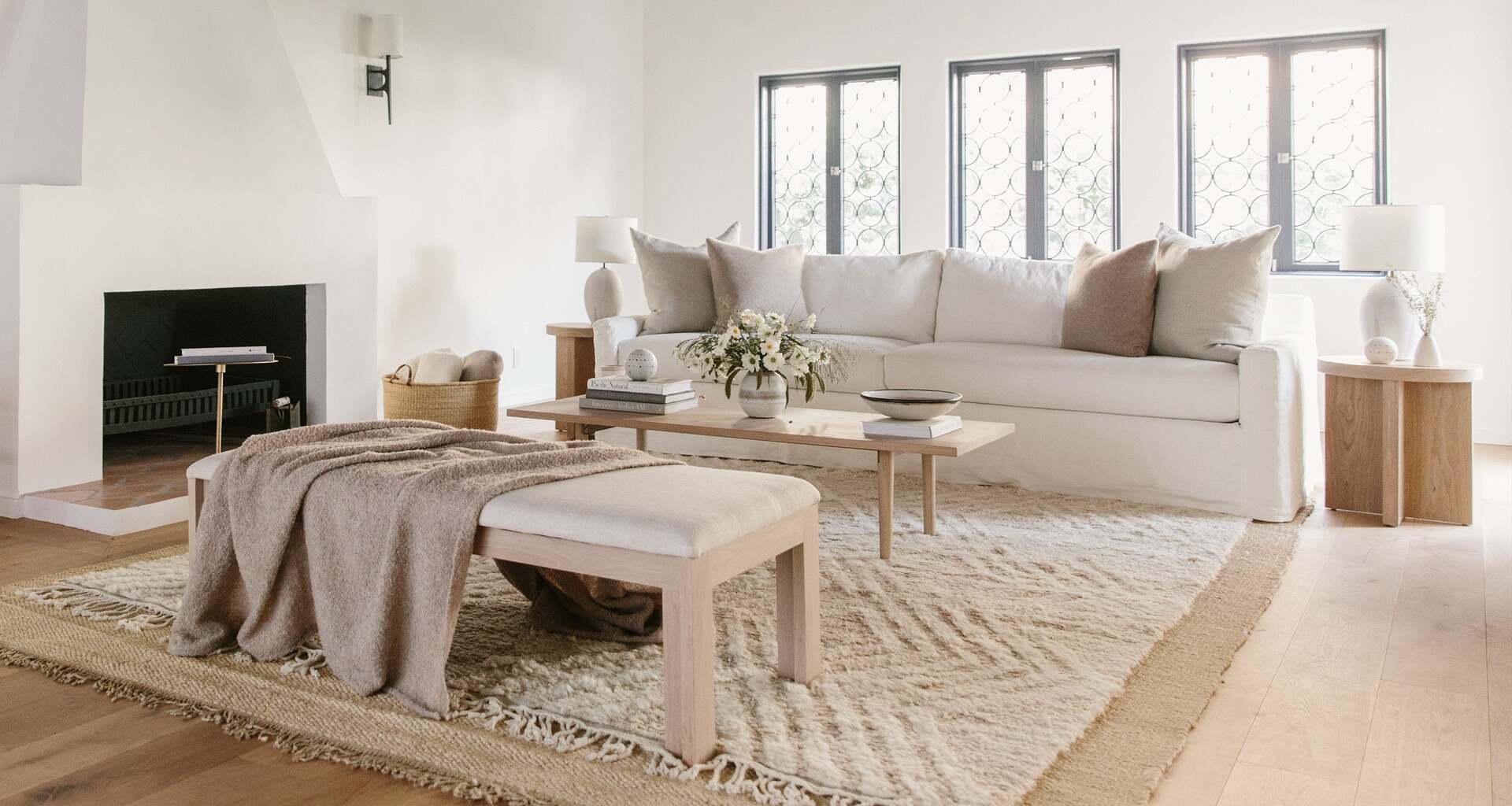
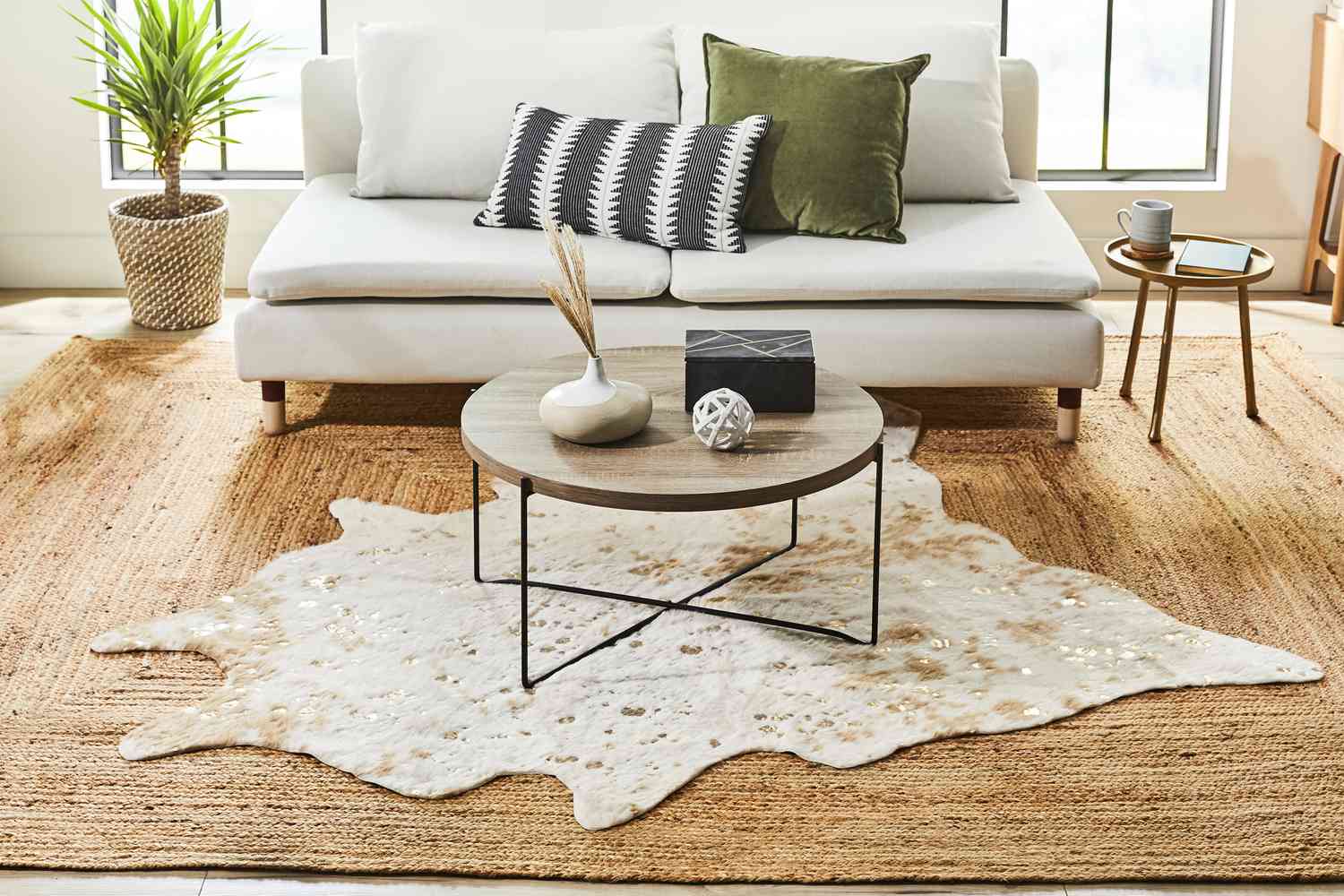
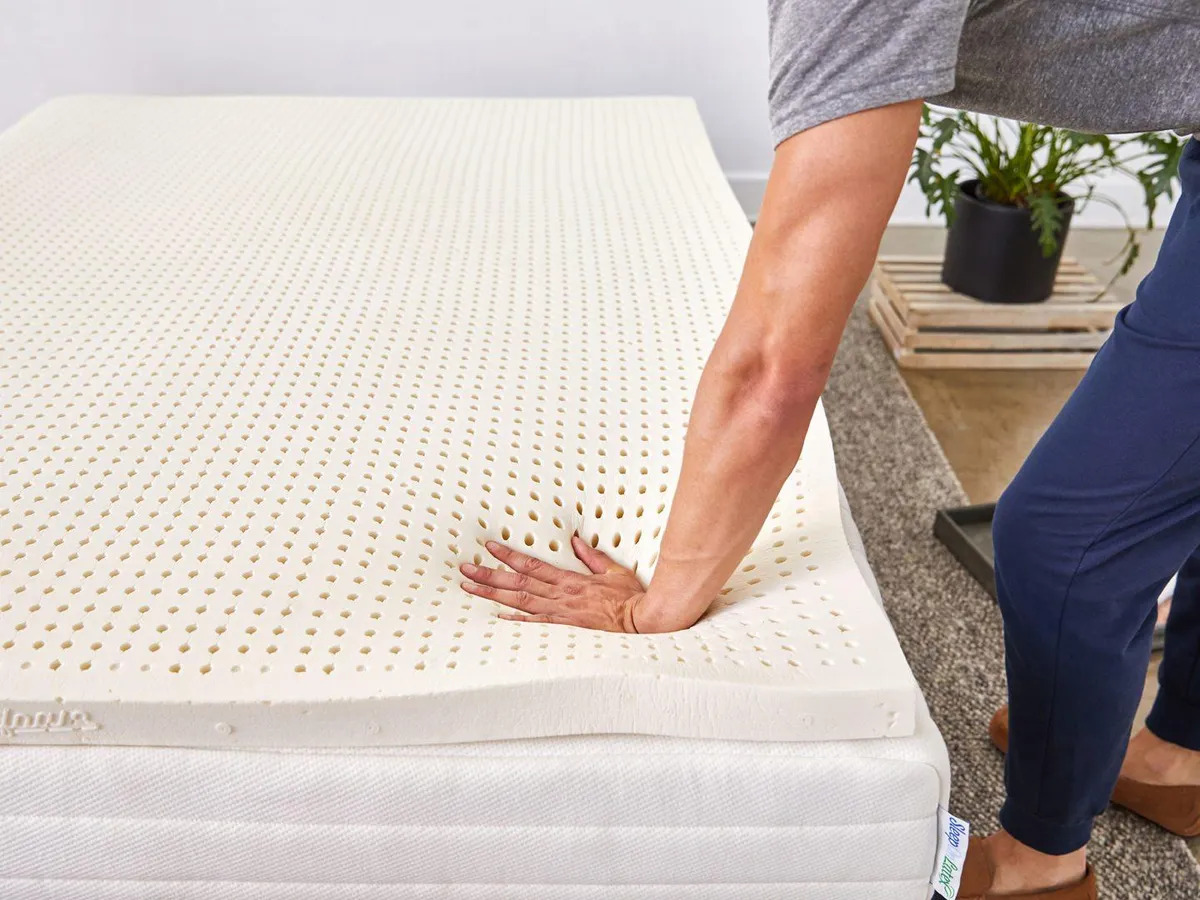
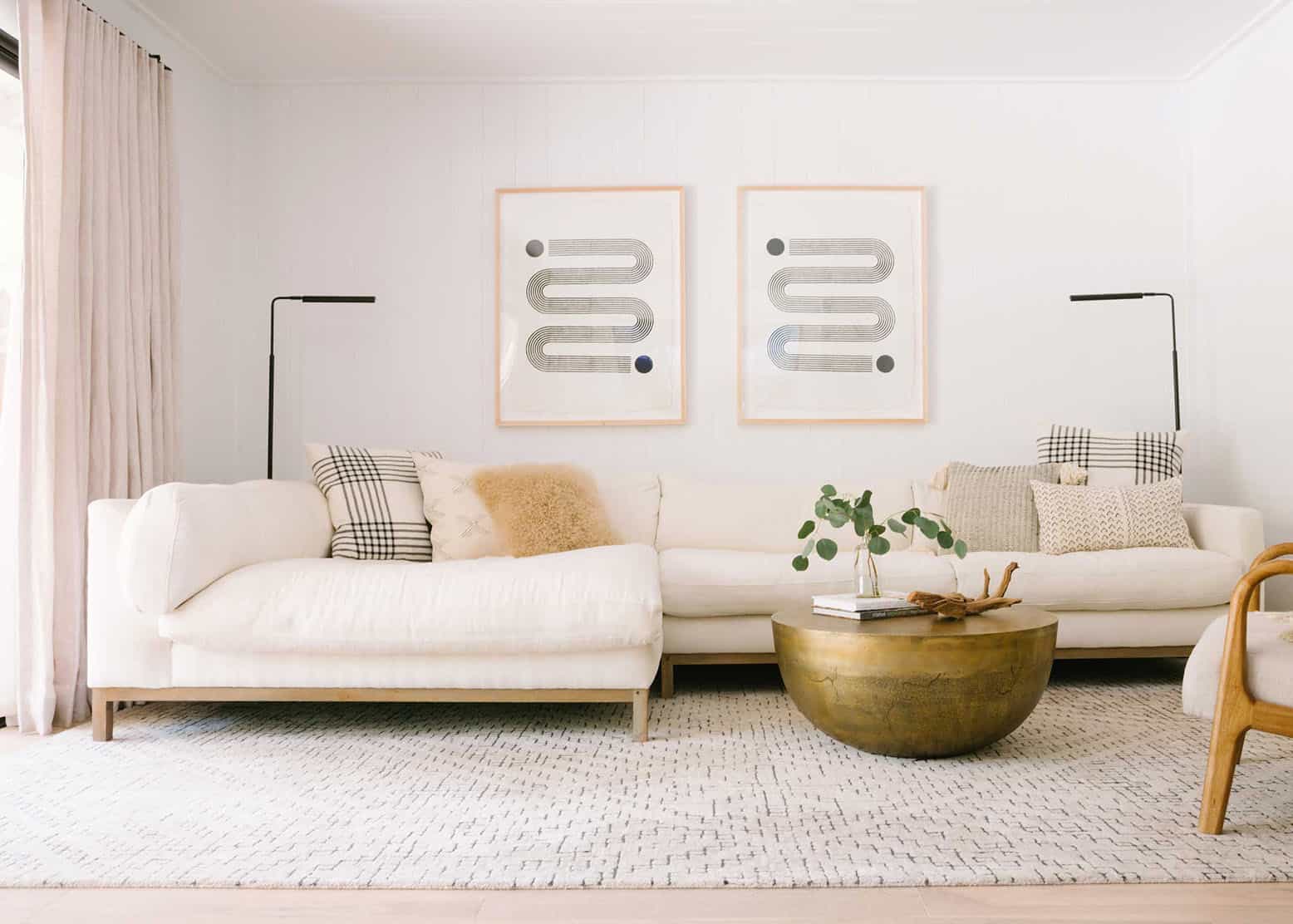
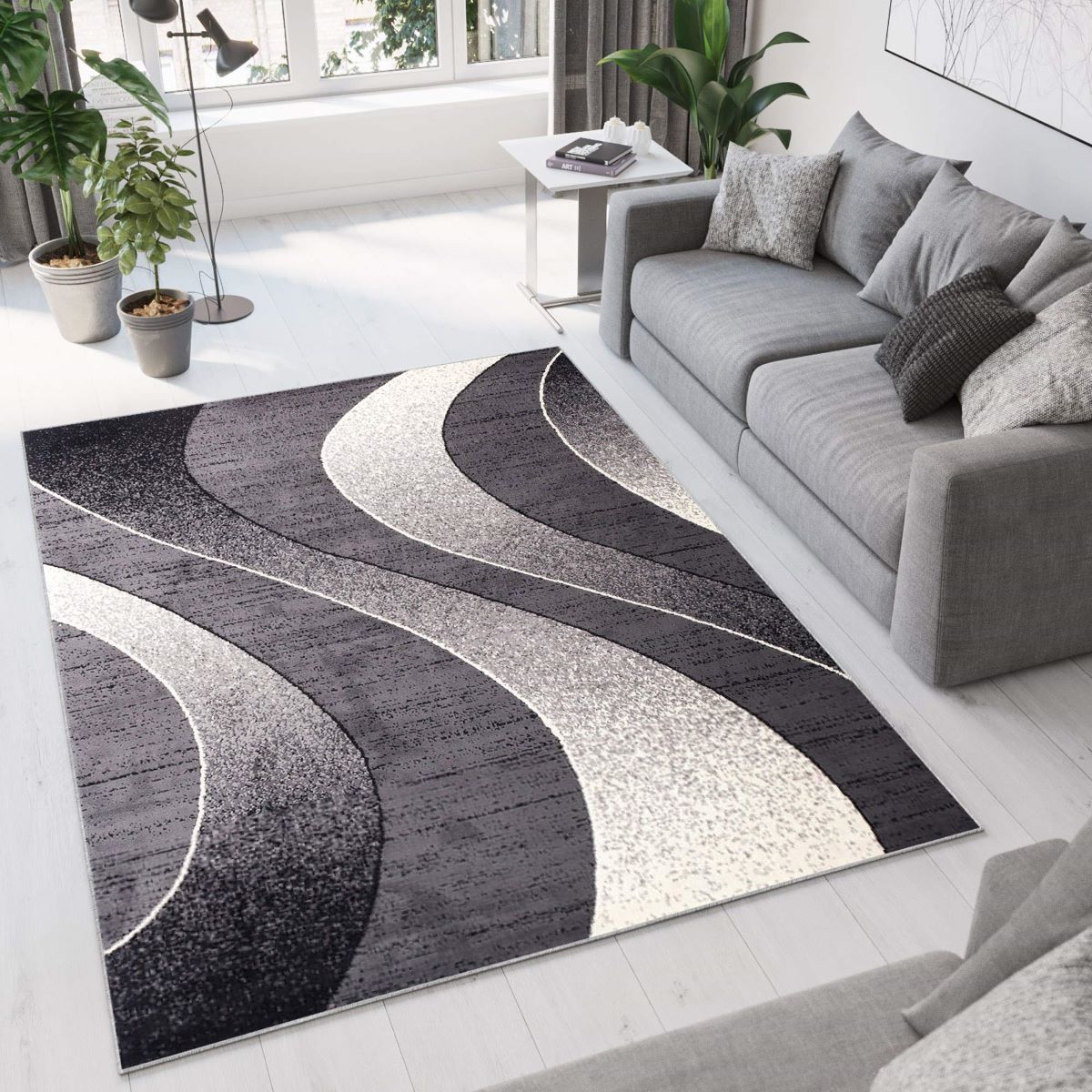
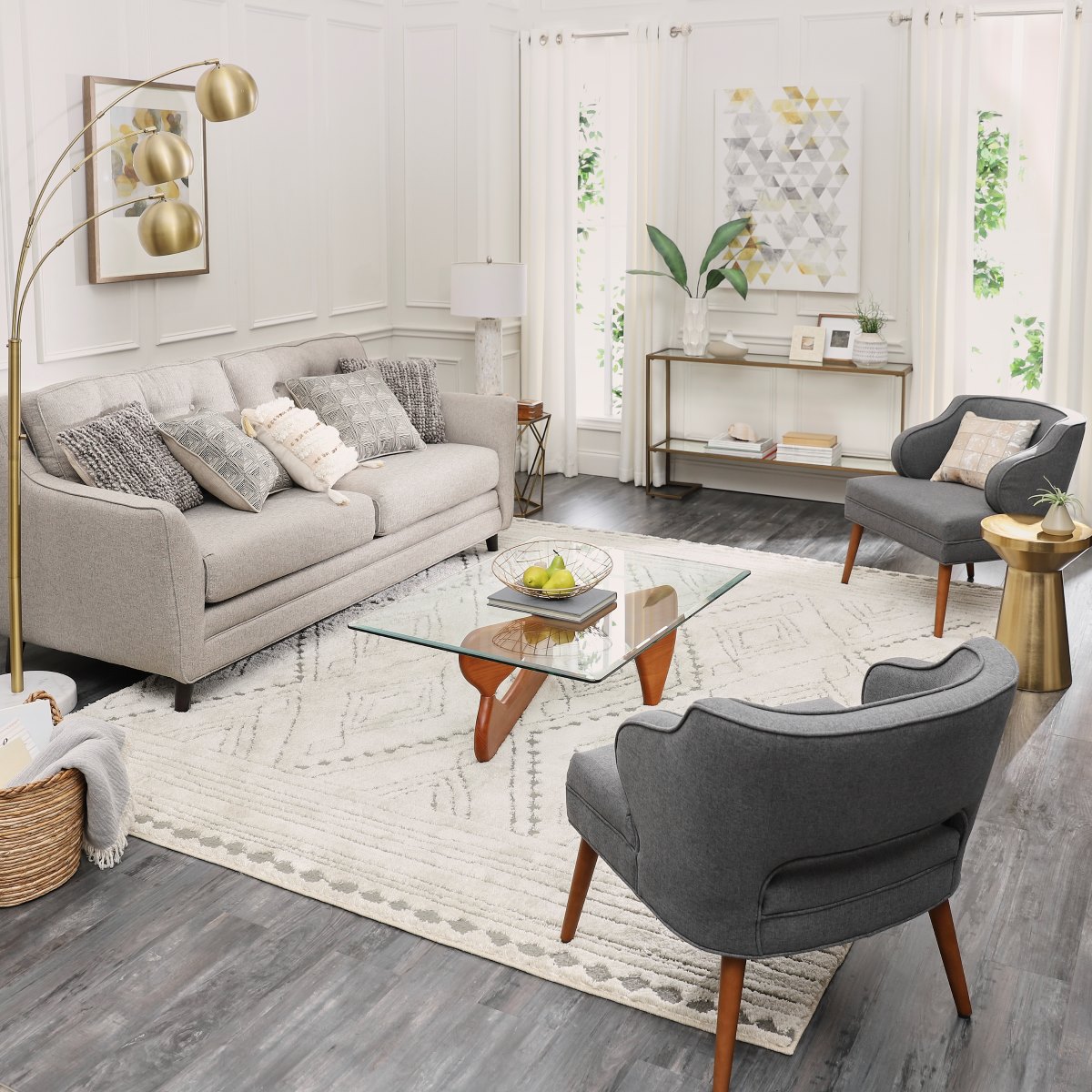

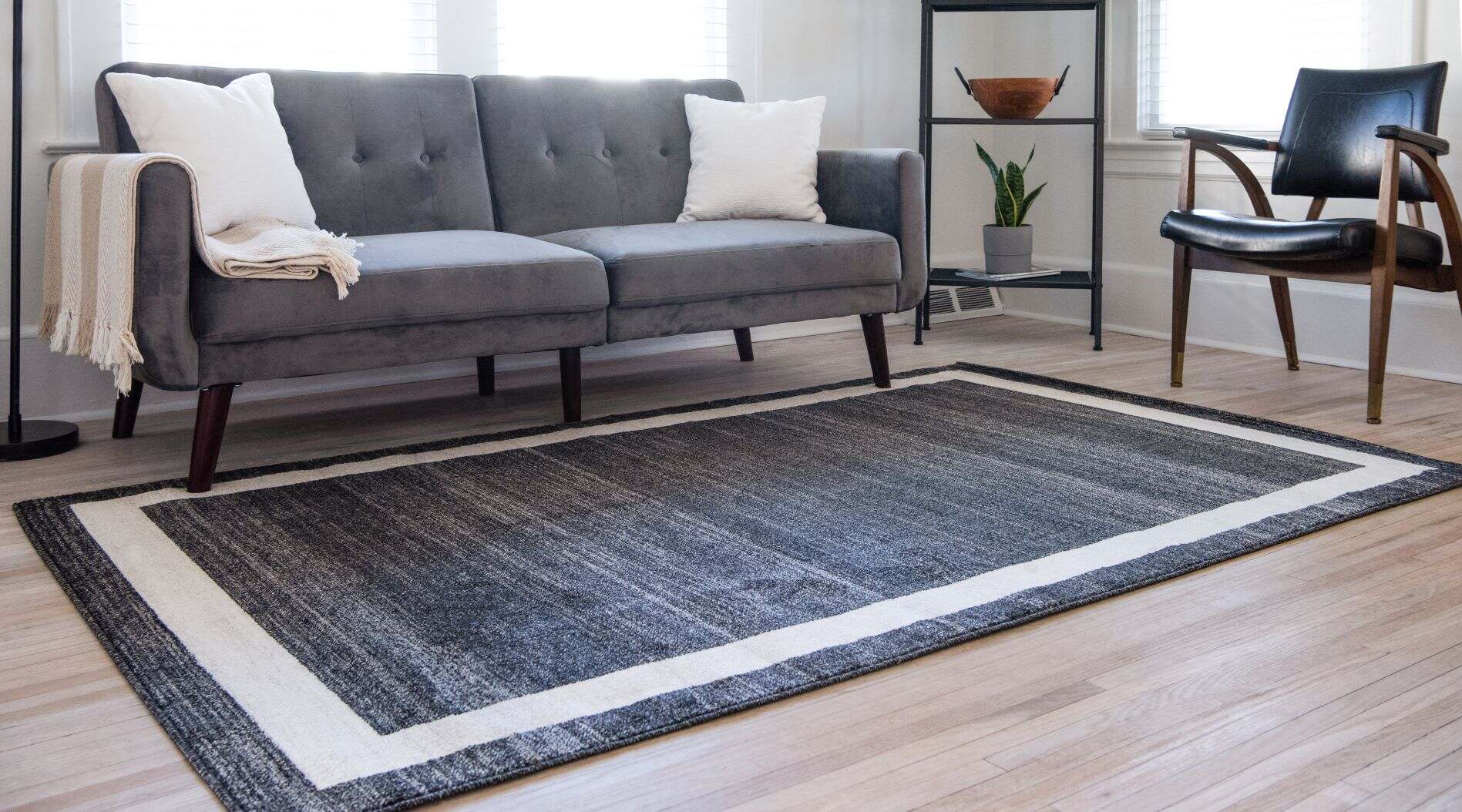
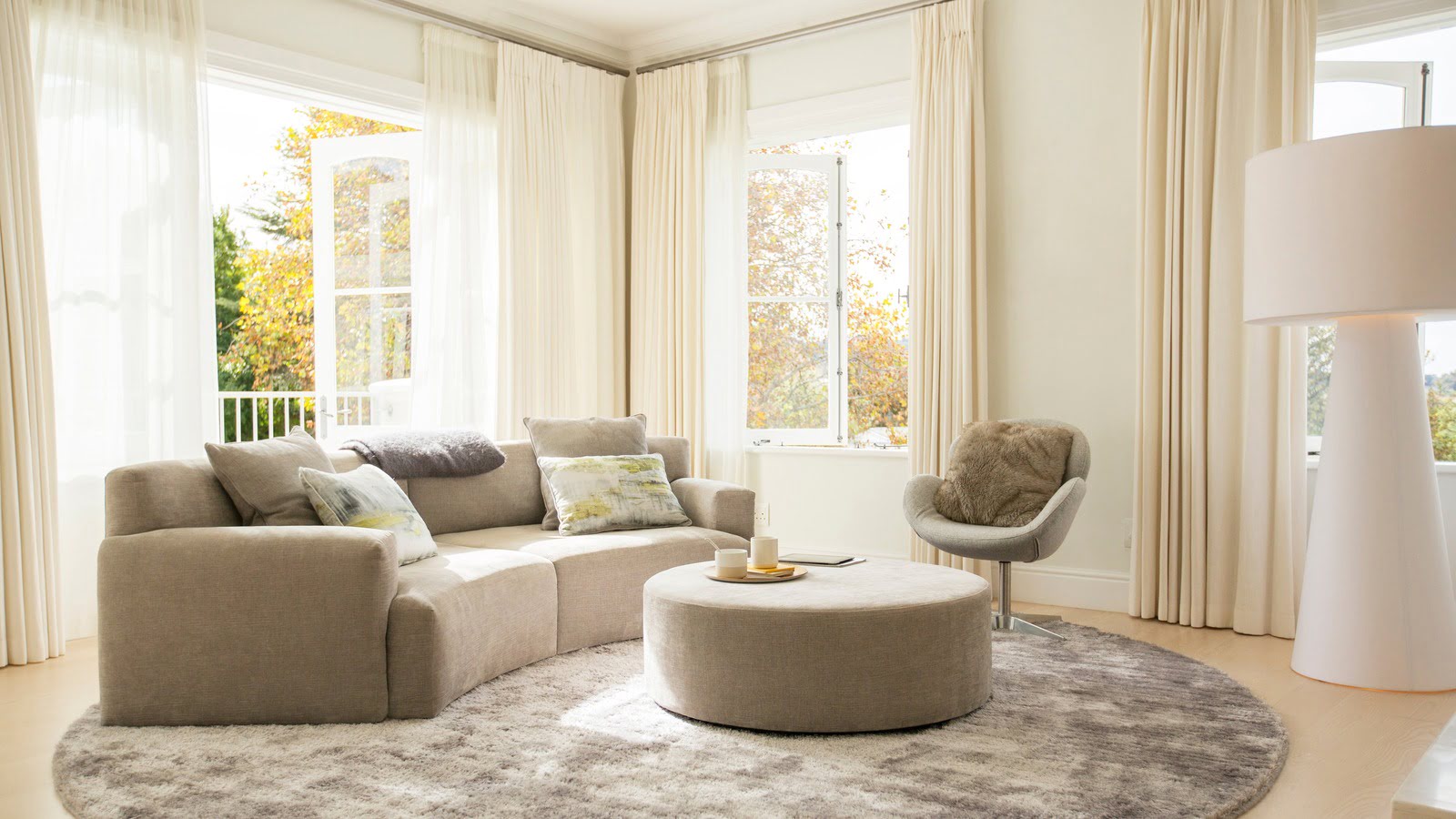
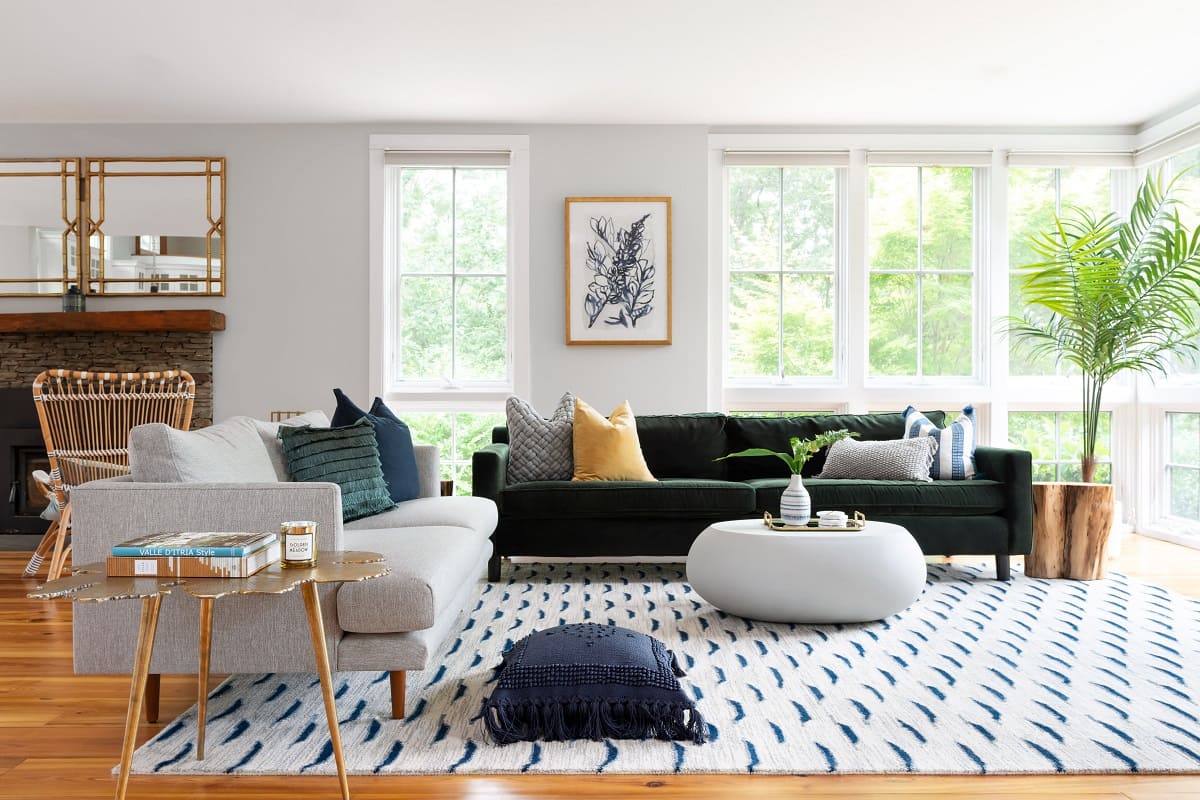
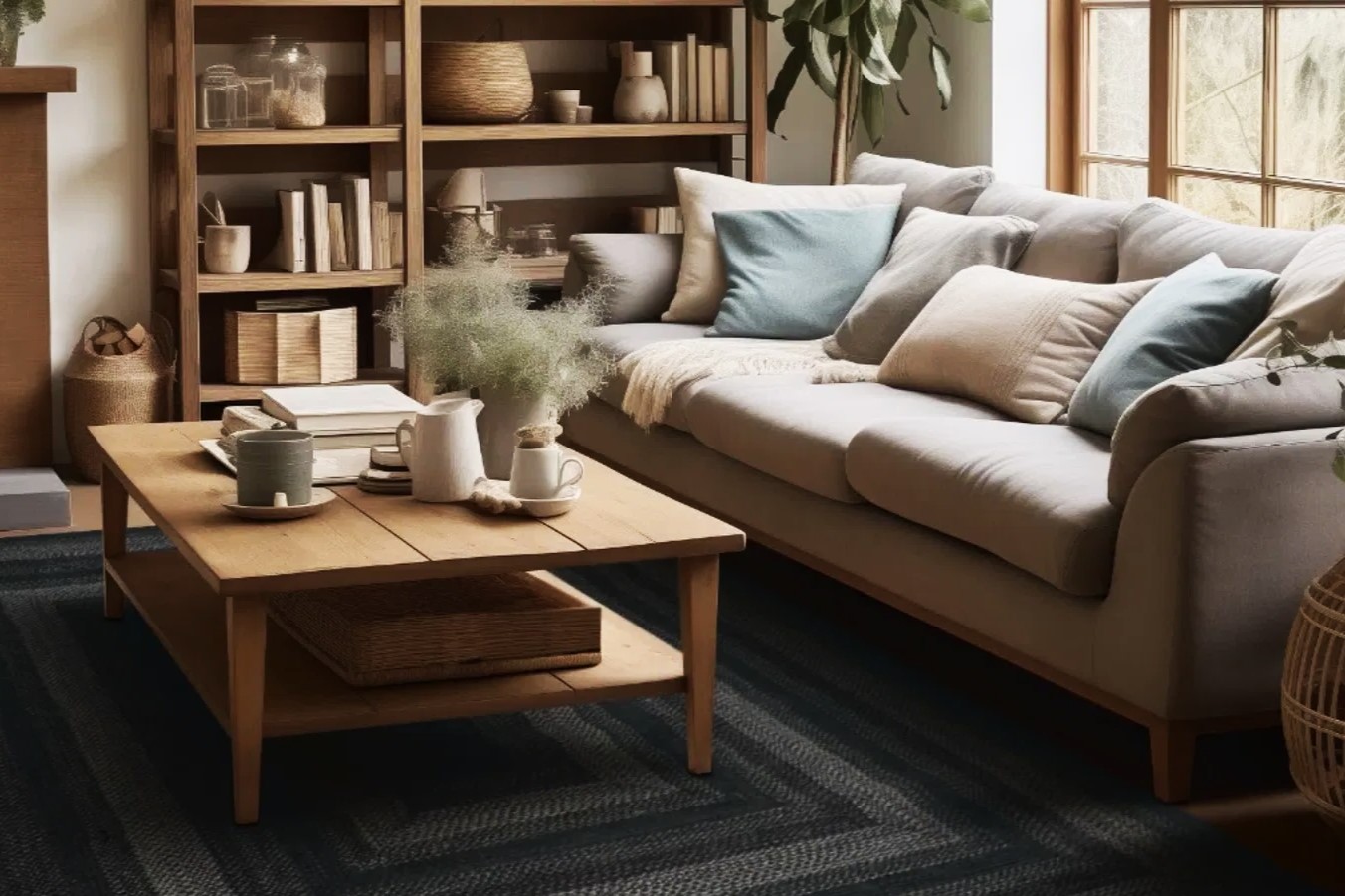


0 thoughts on “Does A Living Room Need A Rug? We Ask The Experts”